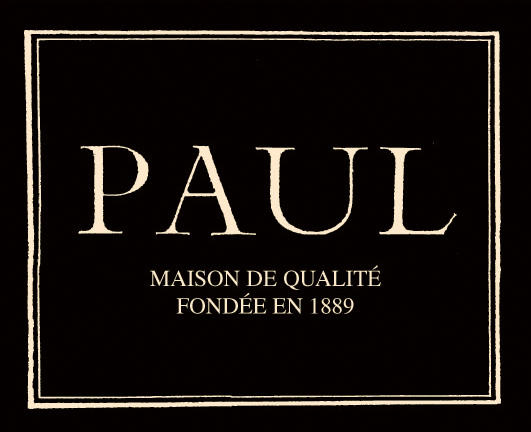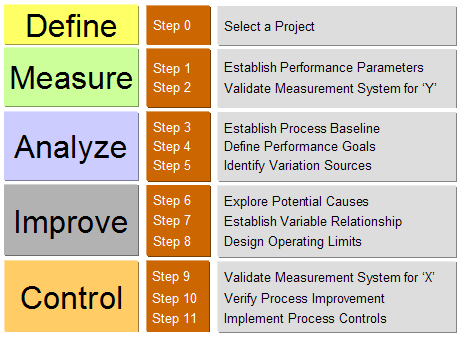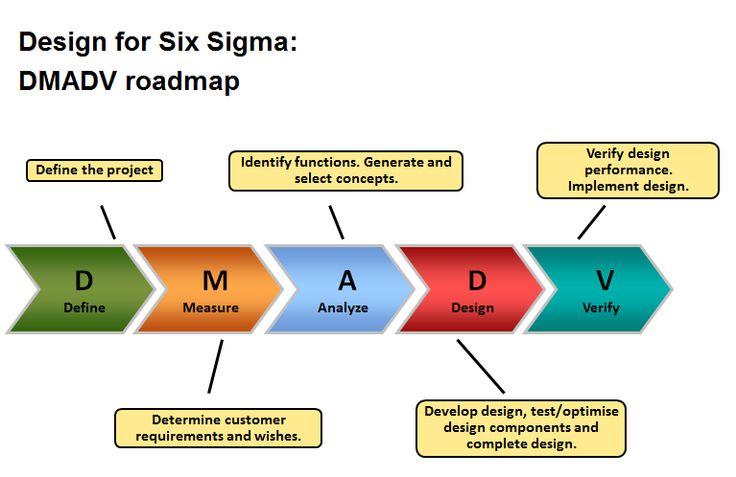Background
History, STP, and Stores
Paul is a French organisation established in 1889 and producing bakery ever since. The company is known worldwide, yet its target population includes mostly the residents of France. The organisation owns approximately 400 restaurants all over the world (Our food, 2016) (see Fig. 1). The organization has a total of around 10,000 employees (Walsh 2014). Paul uses age-based and culture-based segmenting, applies IT technologies to targeting, and positions itself as a multicultural organisation. Since Paul is a private company, the data management processes are based on a non-disclosure policy.
Figures, Products, and Portfolio
The restaurant offers traditional French bakery and does not have any iconic products, which can be considered its primary problem since there is a strong need in developing a brand image. Among the products that make Paul’s portfolio, cakes, baguettes, breadsticks, and pretzels can be mentioned. With the recent expansion of the organisation, its turnover increased by 17% (Our food 2016).

Launch Strategy for INDIA
Proposed STP for INDIA
It is strongly suggested that the organisation leaders should consider designing the brand image and developing the brand product before they introduce the firm to the target market. To make sure that the target customers be thrilled with the opportunities that Paul offers to them, it will be necessary to create an easily recognisable image and convey the message that will attract the target audience’s attention immediately.
The emphasis on healthy and delicious bakery could be viewed as a possible tool for attracting prospective customers’ attention. There is no need to stress that the significance of healthy eating has grown exponentially over the past few decades (Levine 2014). Therefore, by promoting the idea that healthy bakery is a possibility, the organisation will design the promotion campaign that will definitely turn some heads and, therefore, serve as the foil for recruiting loyal customers.
Furthermore, the organization will have to focus on catering to the needs of its young urban customers. Seeing that the firm is going to expand into new markets, particularly, into the Asia Pacific areas, it will be necessary to take the specifics of the local culture into account. Furthermore, there is the need to focus on densely populated cities (i.e., Tier-1 cities). Thus, Paul will be able to attract a large number of new customers.
More importantly, the company’s values and principles must be in line with its current goals. As stressed above, it will be necessary to make sure that the company could cater to the needs of all clients. Consequently, enhancing the strategies aimed at increasing customer loyalty rates must be viewed as an option. For instance, a flexible pricing strategy including numerous discounts could be considered an option. The pricing issue may also be used as an advantage compared to the firm’s main competitors.
The idea of investing in the promotion and quality improvement processes, however, begs the question whether other departments of the organisation will be able to receive enough resources to remain profitable. At this point, the issues of sustainable resources usage need to be brought up (Douglas & Muturi 2015). By incorporating the principles of sustainability in the corporate design, the entrepreneurship managers will be able to identify the areas that need extensive financial support.
Localisation or Globalisation Strategy in India?
When entering a new market in the global economy, a company has to decide whether it is going to address the unique needs of the target population or introduce the framework that can be defined as general and appealing to all members of the global economy.
Table 1. SWOT Analysis.
As the SWOT analysis carried out above shows, the design of a brand product and a brand image that will make Paul’s products instantly recognisable in the environment of the Indian market is a necessity. While claiming that Paul’s services do not have any distinct characteristics that set it aside from similar organisations would be quite a stretch, it still needs a more unique image (Zamagni 2012).
Furthermore, the SWOT analysis results show that the competition levels in the Indian market may become a problem. There are several companies that have already established a rather persistent presence in the target economic environment, which means that Paul will not be able to take its niche unless an innovative approach is created and a powerful competitive advantage is designed.
The emphasis on the technological aspect of the process should not be swept under the rug, either. As the analysis above shows, the organisation needs to live up to the current standards of the Indian market. According to a recent study, the target environment has been experiencing a surge of technological advances (Kumar, Jawalkar & Vaishya 2014). Consequently, it will be crucial for Paul to be able to use the existing IT tools to its advantage.
Top Competitors in INDIA
Naturally, it would be naïve to assume that Paul will be able to take the top spot in the list of India’s most profitable companies instantly. Quite on the opposite, the organisation will have to take a range of competitors into account when entering the target environment, including Karachi Bakery (Services 2016) and Monginis (Monginis cake shop 2016). Among the most obvious ones, the company known as L’Opera needs to be mentioned. Being one of the most famous Italian restaurants, L’Opera has established a very strong presence in the specified environment and is mostly known as the place of luxury, comfort, and exquisite food (Ambwani 2016). Paul, in its turn, offers a much more humble and intimate environment for its visitors.
P’s Pan India
To design the strategy that will help win over the population of the entire country, one will have to focus on brand development closely. As stressed above, the company will make healthy eating and, therefore, healthy bakery its key selling point. A cake that can also be viewed as an integral part of a healthy diet should be turned into the brand image and the primary product of the organisation. However, apart from the specified type of baked goods, Paul will also offer others, including bread, cookies, pies, pastries, etc. (Wilson, Hill, & Glazer 2013).
The pricing strategy of the company will have to be designed very carefully. Given the presence of competitors, one must make sure that the prices should sound reasonable. At the same time, it is crucial to make sure that the cost of the product should be lower than its selling price. Therefore, it will be a sensible step to set the prices at a 10-12% lower than the ones offered by the competitors. As far as the place aspect of the 4Ps mix is concerned, restaurants, bars, malls, and shops should be considered the primary area.
Finally, the promotion issue should be touched upon. Seeing that the speed of data distribution defines the success of the company’s promotion, it will be necessary to focus on using the latest technology, including online tools. Advertisements in social networks are likely to have the greatest effect on the process of attracting new customers. In order to retain them, Paul will have to improve its quality standards consistently. For this purpose, the framework suggested by Pyzdek and Keller (2014) can be used. Known as the Six Sigma tool, it also exists as a digital concept (i.e., iSix Sigma) and suggests that either a DMAIC (Define, Measure, Analyze, Improve, Control) (see Fig. 2) or DMADV (Define, Measure, Analyze, Design, Verify) should be applied to promote change and improve the quality of the end product (see Fig. 3).


Furthermore, seeing that the shelf life of the product is quite small, it will be crucial to incorporate the principles of the Just-in-Time framework into the organisation’s operations. By focusing on the reduction of time taken to carry out the essential operations, as well as the amount of resources used in the process, one is likely to facilitate a consistent improvement in quality. As a result, Paul’s leaders will be able to develop the foil for increasing the loyalty levels among the target members of the population significantly.
The issue of product differentiation should also be addressed as one of the factors that will affect the sales significantly. There is no need to stress that people’s tastes are very different. Thus, Paul will have to offer the products of different flavours, calorie content, etc. The needs of the target population can be identified by improving the communication process and receiving feedback that will, later on, be processed accordingly.
Future Goals
When considering the future goals of the company, one must bring up the fact that the organisation has several competitors, L’Opera being the key one. Offering the customers the products that are very similar to those of Paul, the firm may become a very powerful competitor. Given the fact that L’Opera has already established a very strong presence in the target economic environment, it is going to be very difficult for Paul to find its niche in the Indian market, let alone take over it. Therefore, identifying and developing the company’s competitive advantage should be viewed as the primary objective that Paul must meet within the shortest amount of time possible. Furthermore, it is crucial that the firm should design a unique brand product and work on its brand image and the branding strategy, in general. While delivering the goods of the finest quality is important, it will not suffice to become the leader in the industry. In addition to high product quality, Paul will have to design a memorable image that people will connect to Paul’s services immediately.
Last but definitely not least, the issue of communication and the use of technology in promoting it need to be addressed. As explained above, it is imperative that Paul could use the latest IT devices and tools to enhance the communication process with its stakeholders, the customers being the key audience. For this purpose, the use of social networks as the means of keeping people updated on the company’s news and collecting feedback should be viewed as an option. Furthermore, the conversation with the rest of the company stakeholders, including investors, shareholders, suppliers, etc., will have to be managed appropriately. It will be crucial to make sure that the concerns of the said parties should be heard and handled in a timely and efficient manner. Therefore, the principles of information sharing, as well as the enhancement of data security, need to be interpreted as the main area of focus. By applying the latest technological advances to the organisational setting, the managers of Paul will be able to improve the communication process and, therefore, cater to the needs of the customers in a more efficient way.
Reference List
Ambwani, MW 2016, French bakery chain L’Opera to raise 40 crore. Web.
Douglas, A & Muturi, D 2015, ‘Quality improvement: the East Africa experience’, Zambia’s Development, vol. 1, no. 3, pp. 1-5.
Kumar, G, Jawalkar, CS & Vaishya, RO 2014, ’Six Sigma: an innovative approach for improving Sigma level: A case study of a brick company’, International Journal of Engineering and Innovative Technology (IJEIT), vol. 3, no. 8, pp. 187-195.
Lean Six Sigma n.d., image. Web.
Levine, CSA 2014, ‘Culture and healthy eating: the role of independence and interdependence in the United States and Japan’, Personality and Social Psychology Bulletin, vol. 42, no. 10, pp. 1335–1348.
Monginis cake shop. 2016. Web.
Our food 2016, Web.
Paul cafe n.d., image, Web.Pyzdek, T & Keller, P 2014, The Six Sigma handbook, McGraw-Hill, New York, NY.
Services2016. Web.
Six Sigma DMAIC process n.d. Web.
Walsh, J 2014, ‘Le Restaurant de Paul, review: The dining room is tucked away like an embarrassing relative’, Independent. Web.
Wilson, R, Hill, AV & Glazer, H 2013, Tools and tactics for operations managers, FT Press, New York, NY.
Zamagni, A 2012, ‘Life cycle sustainability assessment’, The International Journal of Life Cycle Assessment, vol. 17, no. 4, pp. 373-376.